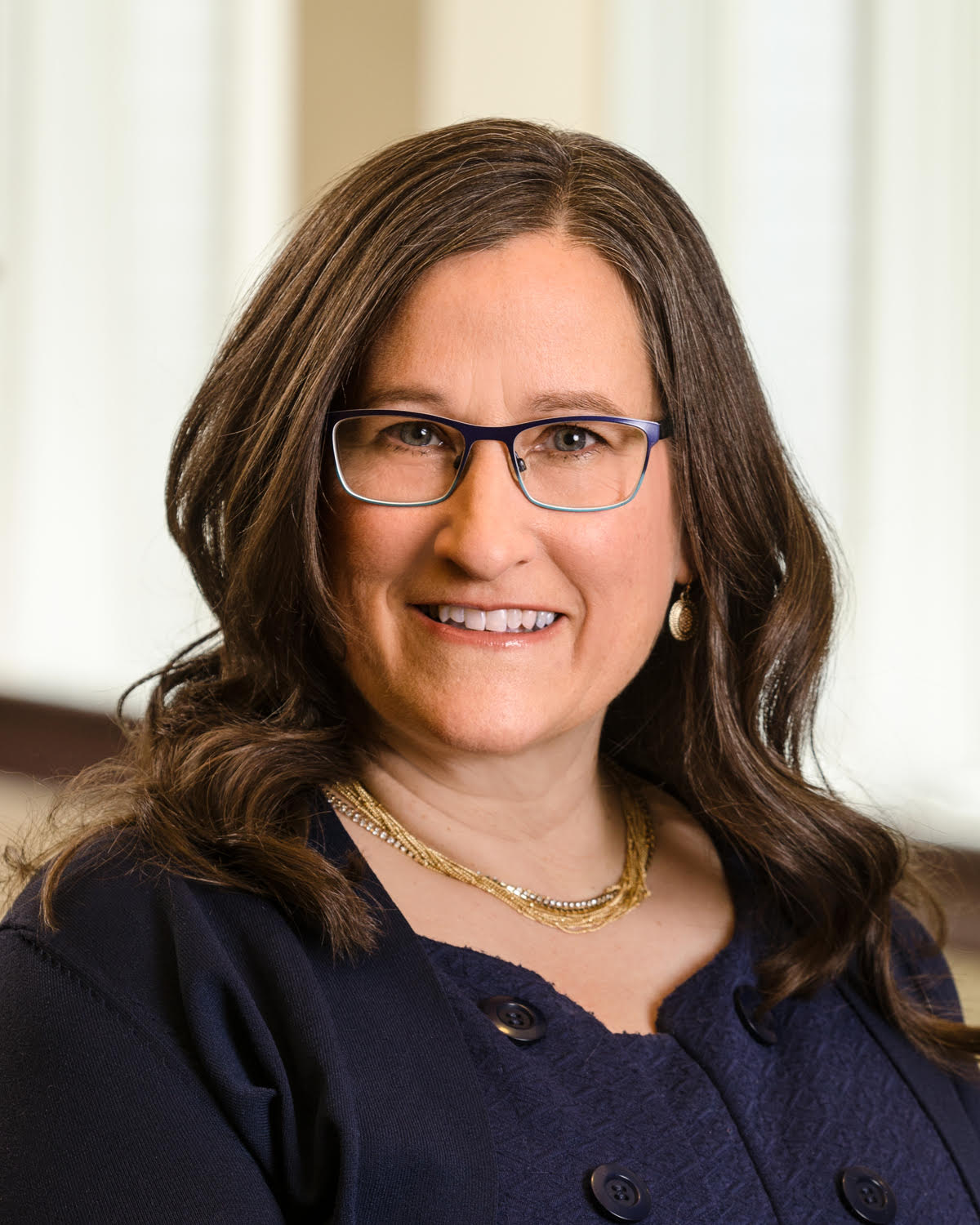
When it’s time for you to seek residential care for an elderly loved one — whether it’s independent living, assisted living, memory care or skilled nursing care — it’s critically important to consider a senior living community’s ownership and mission.
There are for-profit, corporate-owned retirement communities and not-for-profit, often faith-based retirement communities, many of which are faith-based. On the surface, they may seem to offer the same basic care and services. But dig a little deeper, and you’ll find some significant differences in important areas.
Here are five reasons that you should consider a not-for-profit organization such as Episcopal Retirement Services when choosing care for your elderly loved one:
1. Mission-Driven Values
Not-for-profit retirement communities, especially those founded on or operated along faith-based values like ERS, manage their assets and provide care from a mission-driven standpoint rather than a financially-motivated standpoint.
For example, at ERS, we clearly state our mission on our website: “We enrich the lives of older adults in a person-centered, innovative and spiritually based way.” We also list our core values: relationships, integrity, engagement, inclusion, person-centeredness and progressive thinking.
Not-for-profits govern and manage their organizations in accordance with their long-standing values. They are not driven by daily pressure to increase their “bottom line” for owners, investors or shareholders. Quality, not earnings, measure their efforts.
A Chicago Tribune examination of the retirement care industry found that when care providers organize themselves around a “mission-driven” ethos, it “implies they have a higher purpose to serve residents.” In other words, they view senior care as a calling — not a money-making enterprise.
Of course, not-for-profit senior care providers need to make money to cover costs and make sound investments for the future so they can continue carrying out their missions. But when they do experience revenue increases, they reinvest those funds into subsidizing care for those who cannot afford it and to other services, programs and amenities for seniors.
By comparison, for-profit retirement communities must show a profit and give shareholders an attractive rate of return on their investments, and they’re often forced to raise prices accordingly.
In short, not-for-profits put people before profits. And isn’t that what you want from an organization that’s caring for your loved one?
For example, at ERS, we clearly state our mission on our website: “We enrich the lives of older adults in a person-centered, innovative and spiritually based way.” We also list our core values: relationships, integrity, engagement, inclusion, person-centeredness and progressive thinking.
2. Accountability
Not-for-profit organizations are accountable to voluntary boards of directors, who donate their time and talents to ensure that the organization maintains ethical management, financial integrity and quality services.
At ERS, we have a 20-member Board of Directors that includes religious leaders, business executives, lawyers, accountants, and residents of our own communities. You can read profiles of them on our blog and in recent issues of Linkage.
In addition, not-for-profit finances and annual reports are always open for public inspection. Not-for-profits also have a responsibility to be active, contributing members of their communities.
3. Quality
Not-for-profit providers have a longstanding tradition of leading with quality. Studies conducted over the last 30 years have repeatedly shown that not-for-profit retirement care providers provider better care to the elderly.
A 1986 report by the Institute of Medicine found that for-profit nursing facilities, “tended to devote fewer resources to direct patient care, resulting in poorer quality of care for residents.” Conversely, the same study found that, "not-for-profit nursing facilities provided better care.”
In 2009, the Government Accounting Office (GAO) reported that a study of the nation’s lowest-performing nursing homes, as identified by the Centers for Medicare and Medicaid Services (CMS), showed that those U.S. nursing homes providing the worst care were, “more likely to be for-profit,” had nearly 24 percent fewer RNs on duty per resident per day, and had lower overall staff-to-resident ratios at all hours.
A follow-up study published by the GAO in 2011 showed that corporate nursing homes acquired between 2004 and 2007 by the nation’s top 10 private equity firms “had more total deficiencies than not-for-profit facilities,” and “reported lower total nurse staffing ratios.”
By contrast, a 2009 report released by LeadingAge New York showed that hospitalization rates were lower for residents of not-for-profit retirement care communities, and that not-for-profit homes generally had fewer critical deficiencies than their for-profit counterparts.
A 1986 report by the Institute of Medicine found that for-profit nursing facilities, “tended to devote fewer resources to direct patient care, resulting in poorer quality of care for residents.” Conversely, the same study found that, "not-for-profit nursing facilities provided better care.”
4. Leadership and Innovation
Just because not-for-profits put people before profits doesn’t mean that they can’t be leaders in finding innovative solutions to their industry’s challenges. At ERS, our leadership strives to do just that. Here are just a few examples:
- We were the second organization in the country to offer SAIDO Learning, a non-pharmacological treatment that has been shown to improve the symptoms of memory loss among older adults with dementia. SAIDO is part of our innovative Living Well Memory Support suite of memory care therapies.
- We are taking steps to make Cincinnati the most dementia-inclusive city in the country with community partners including Cincinnati’s Kennedy Heights neighborhood.
- Our President & CEO, Laura Lamb, has made it clear that one of her goals is to eradicate ageism. As a LeadingAge fellow, her Action Leading Project was to create ERS’s Council for Lifelong Engagement. In 2013, her effort won LeadingAge’s prestigious Hobart Jackson Cultural Diversity Award. Want to join the effort? Here are some everyday steps you can take to help eradicate ageism yourself.
Why consider a not-for-profit senior care organization? Here at ERS, we believe that providing care to seniors is Ohio, Kentucky and Indiana is our sacred duty. We are not only deeply committed to providing seniors with best-quality care, but we’ll also never to ask a resident to leave our community due to financial hardship.
If your family is searching for a retirement community for your senior loved one, we’re here to help. Click here to download our free guide, How to Choose a Retirement Community. Then, contact us to arrange a visit. We’d love to show you the difference a not-for-profit retirement community can make in your elderly loved one’s quality of life.












